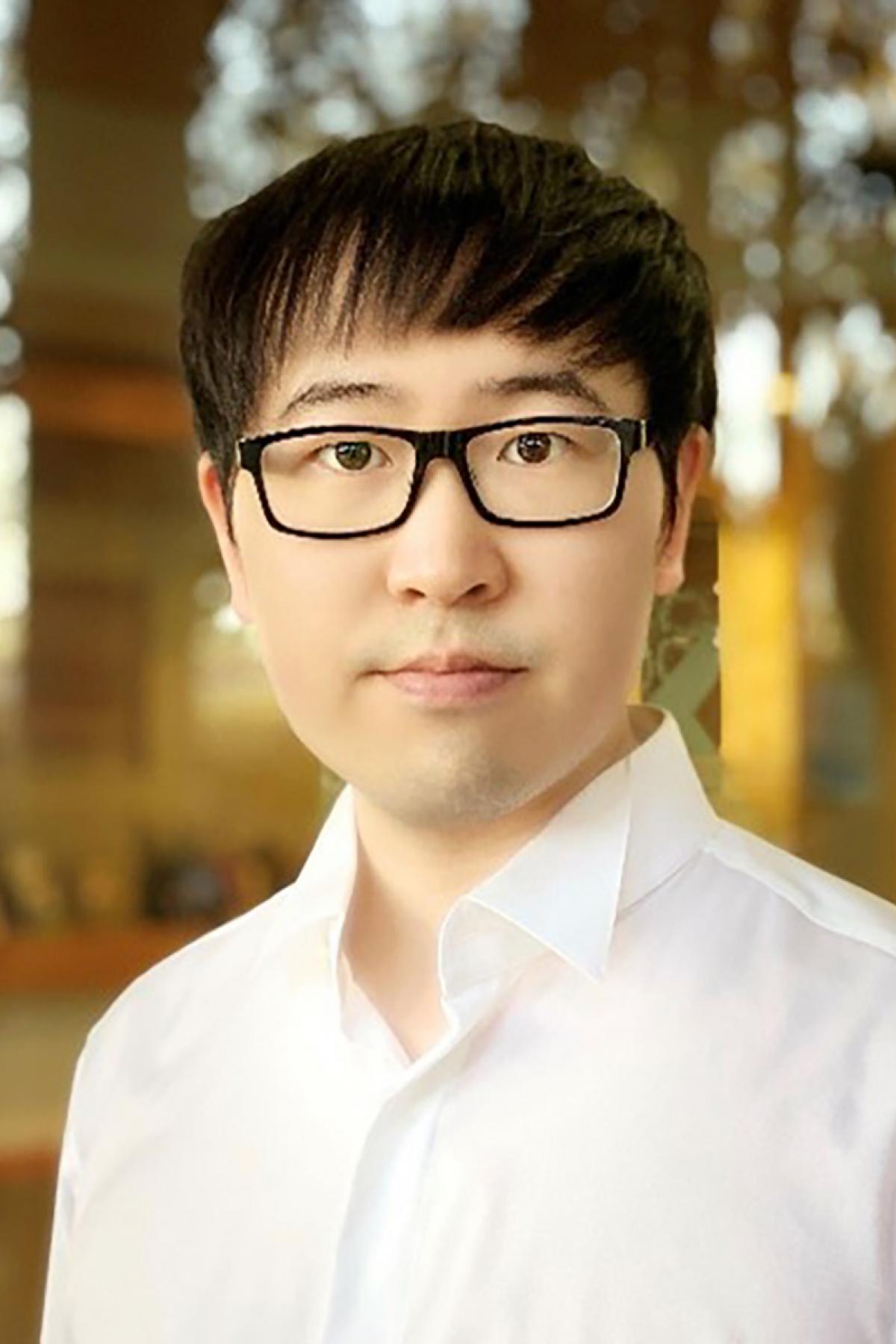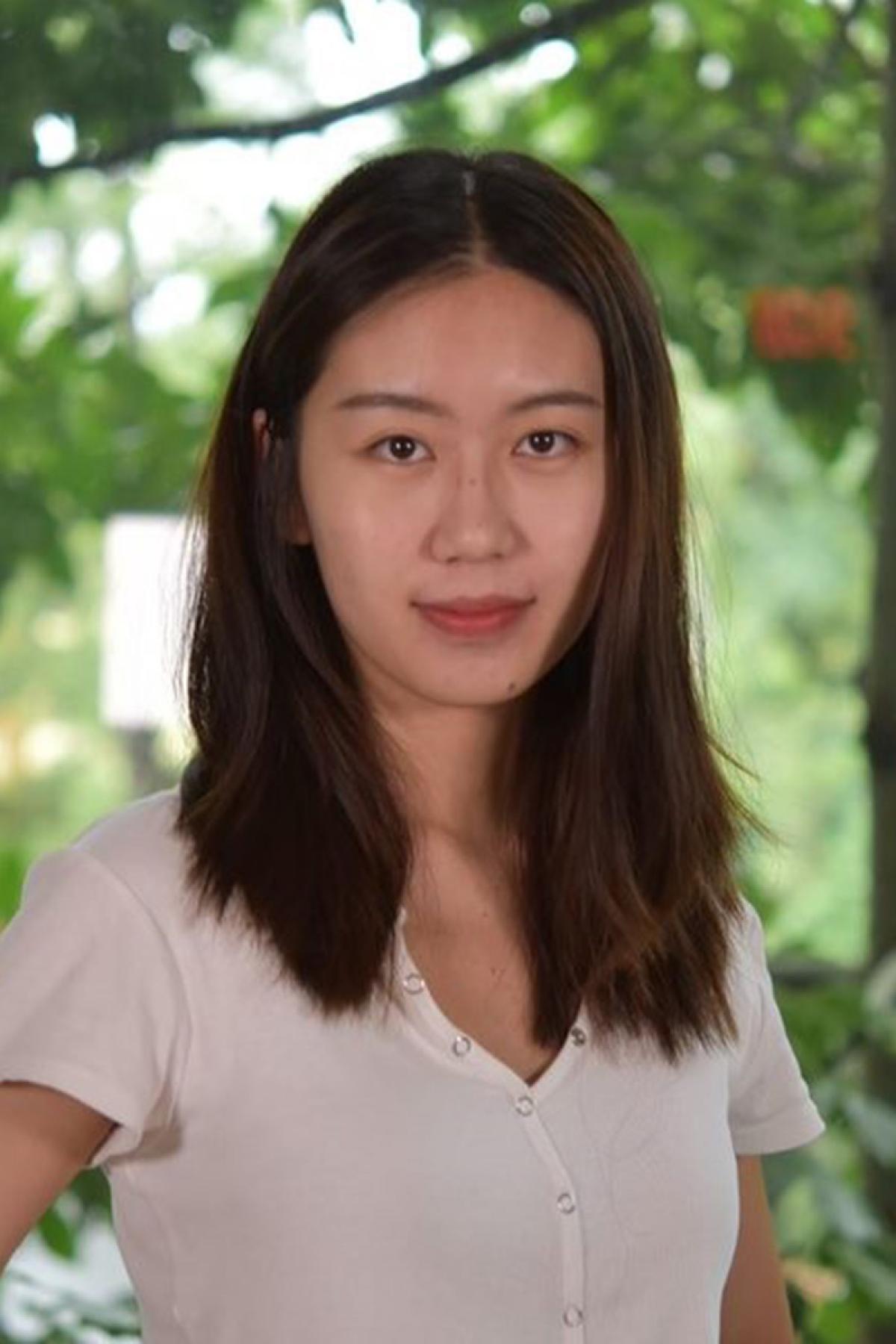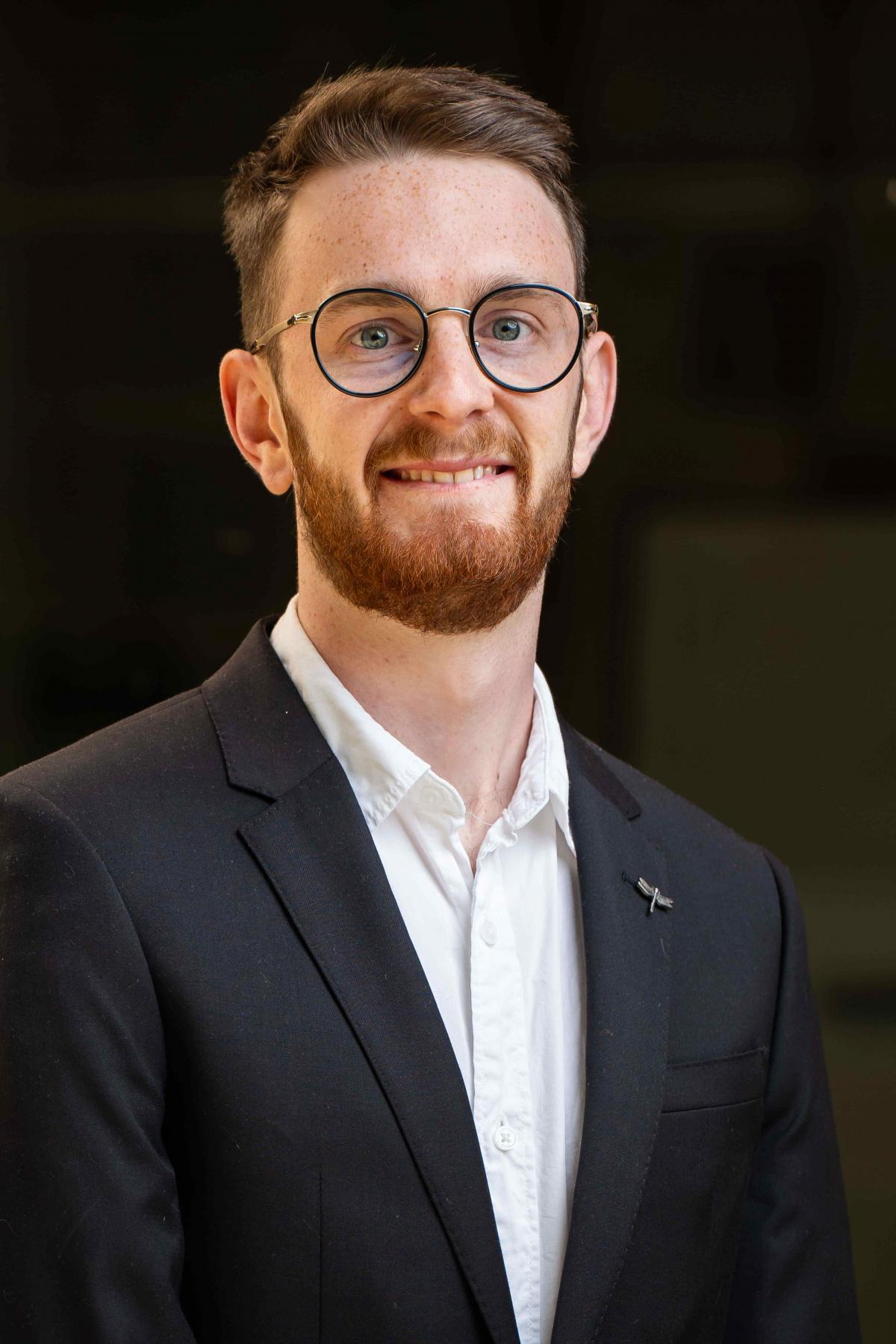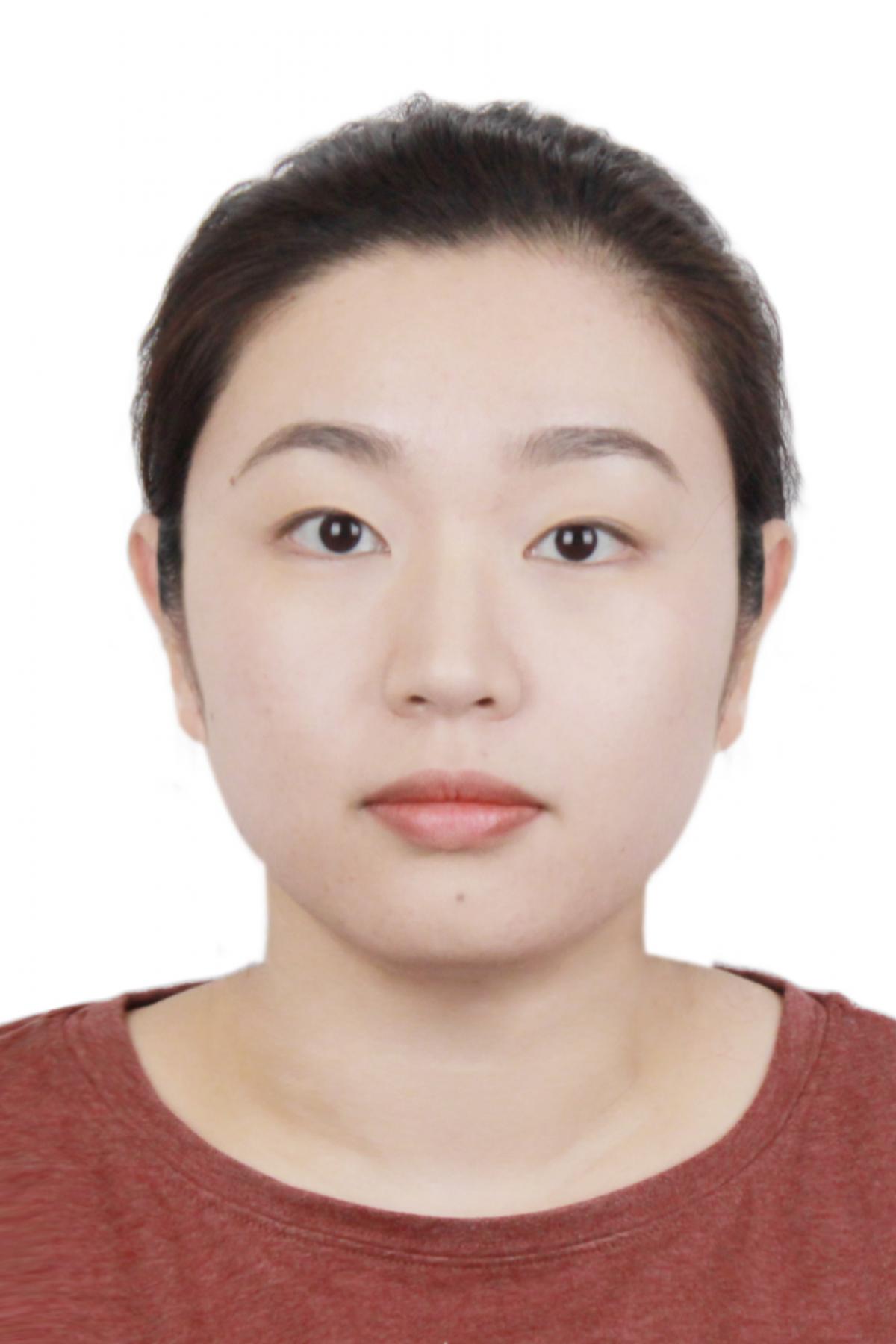ARC Centre of Excellence for Enabling Eco-Efficient Beneficiation of Minerals
ARC Centre of Excellence for Enabling Eco-Efficient Beneficiation of Minerals focuses on transforming the process of recovering metals from low grade ores using coarser particles, reducing energy consumption in grinding.
This team will deliver faster, and more efficient separations to minimise losses of high value minerals, and will develop new ways to remove solids from tailings in real time, maximising water recovery. Close engagement with suppliers and end-users will lead to establishment of transformational technologies, chemical reagents, and novel methods for their use. Australia's minerals industry will benefit from these outcomes through significant reduction in cost, higher metals recovery, reduced environmental impact, and lower energy and water consumption, resulting in long-term economic growth.
Current projects

Dr Guangze Yang
Designer peptides and proteins for specific binding
Primary investigator
Dr. Guangze Yang
Post Doctoral Researcher
Project abstract
The green economy, digital revolution, improved health and living standards all depend on metals supplied at a minimal environmental cost. However, the declining grade of the more accessible minerals, increasing complexity of mineralogy, and the growing need to extract the minerals from deeper mines, have reached a tipping point, making current practices technologically, economically, and environmentally unsustainable. In this project, new peptide collectors for flotation in mineral processing will be developed based on the phage display method. The binding affinities to corresponding minerals of the selected peptides will be characterised. The effect of different parameters including temperature, pH, salt, and sequence on selective adsorption will be investigated. Furthermore, dual-functional biopolymers (peptides or proteins) will be designed to not only ensure selective adsorption on targeted valuable minerals but also act as collecting agents in a mineral flotation process.

Dr Yang Li (Jessica)
Development of stimuli-responsive biomolecules for controlling foam stability
Primary investigator
Dr. Yang Li
Researcher
Project abstract
Bubbles or foams are ubiquitous in various applications, for example, foods, mineral processing, water treatment, etc. The property of foams including their formation, bubbles size, stability and switchability, play significant roles in their applications. The design of biomolecules such as peptides or proteins as surfactants has attracted significant interest in making bubbles or foams. In this study, we investigated an amphipathic peptide AM1 for making stimuli-responsive foams which can be triggered by either using metal ions or ph.

Mr Matthias Orchard
Development of novel bioflocculants for clay particle flocculation
Primary investigator
Mr Matthias Orchard
PhD Student
Project abstract
Control and processing of clay suspensions is a major waste management issue in the mineral processing industry. A wide variety of chemical flocculants have been used for waste treatment. In juxtaposition to chemical flocculants, biopolymers produced by microorganisms, called bioflocculants, have attracted research interests, as they are biodegradable, environmentally friendly, and safe. Therefore, this project seeks to develop novel bio-inspired bioflocculants for improved handling and processing of clay suspensions. These novel bio-inspired bioflocculants will be produced using bacteria and will be optimised for clay flocculation.

Miss. Yang Yang (Sabrina)
Rare Earth-biomolecule interactions: Unveiling the binding affinity for biotech advancements.
Primary investigator
Miss Yang Yang (Sabrina)
PhD Student
Project abstract
This project focuses on studying the binding affinity between rare-earth elements and biomolecules, with the aim of gaining a deeper understanding of their interactions and potentially developing new, sustainable methods for REE separation and beyond. This research holds significance for its potential applications in the REE industry, as well as the fundamental insights it provides into the nature of rare-earth element interactions with biomolecules. By advancing this understanding, the project contributes to the growing body of knowledge in fields such as materials science and energy. Ultimately, the goal is to create a new process that significantly reduces water and chemical consumption while maintaining high extraction efficiency.
